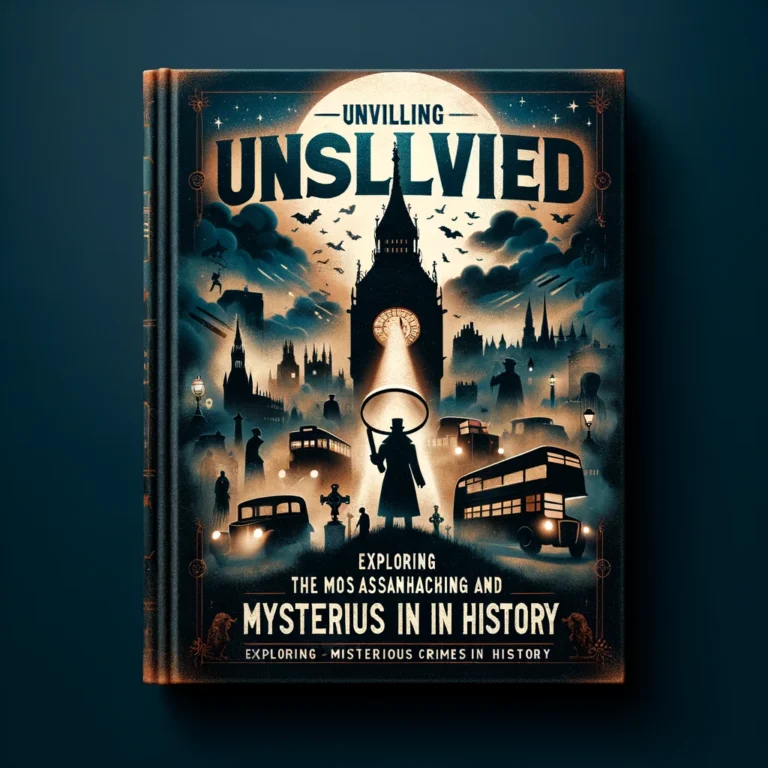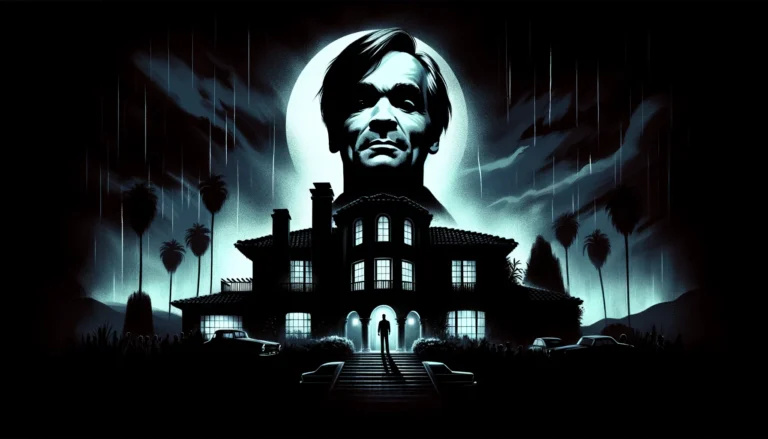From the chilling tales of Jack the Ripper to the infamous crimes of the Yorkshire Ripper, the world of literature has long been fascinated by the dark and twisted world of murder. Authors have used these real-life atrocities as inspiration for their works, creating gripping narratives that explore the depths of human depravity and the impact of violence on society. In this article, we will delve into the realm of “bloodstained pages” and examine how these literary reflections on notorious murders have captivated readers for generations.
The Power of True Crime
True crime stories have always held a certain allure for readers, offering a glimpse into the darkest corners of the human psyche. Authors like Agatha Christie and Arthur Conan Doyle have masterfully woven murder mysteries into their works, keeping readers on the edge of their seats as they try to unravel the clues and solve the case. These stories not only entertain but also provide a reflection of the society in which they are set, shedding light on issues such as class, gender, and power dynamics.
Case Study: “In Cold Blood” by Truman Capote
One of the most famous examples of a literary reflection on a notorious murder is Truman Capote’s “In Cold Blood.” This groundbreaking work tells the true story of the brutal murder of the Clutter family in Kansas in 1959. Capote’s meticulous research and vivid storytelling brought the case to life, exploring the motivations of the killers and the impact of the crime on the small town where it occurred. “In Cold Blood” not only became a bestseller but also paved the way for a new genre of true crime literature.
The Ethics of Murder in Literature
While murder mysteries can be thrilling and engaging, they also raise ethical questions about the portrayal of violence and its impact on readers. Some critics argue that glorifying murder in literature can desensitise readers to the horrors of real-life violence, while others believe that these stories can serve as a cautionary tale, highlighting the consequences of crime and the importance of justice.
- Authors must tread carefully when depicting murder in their works, balancing the need for suspense and drama with a sense of responsibility towards their readers.
- Readers, in turn, must approach these stories with a critical eye, considering the ethical implications of consuming narratives that glorify violence.
As we have seen, “bloodstained pages” offer a unique insight into the world of murder and its impact on society. By exploring these dark and twisted tales, readers can gain a deeper understanding of the human condition and the complexities of crime and punishment. While the ethics of murder in literature may be a contentious issue, there is no denying the power of these stories to captivate and provoke thought. So the next time you pick up a murder mystery, remember to consider the deeper implications of the bloodstained pages before you.































+ There are no comments
Add yours